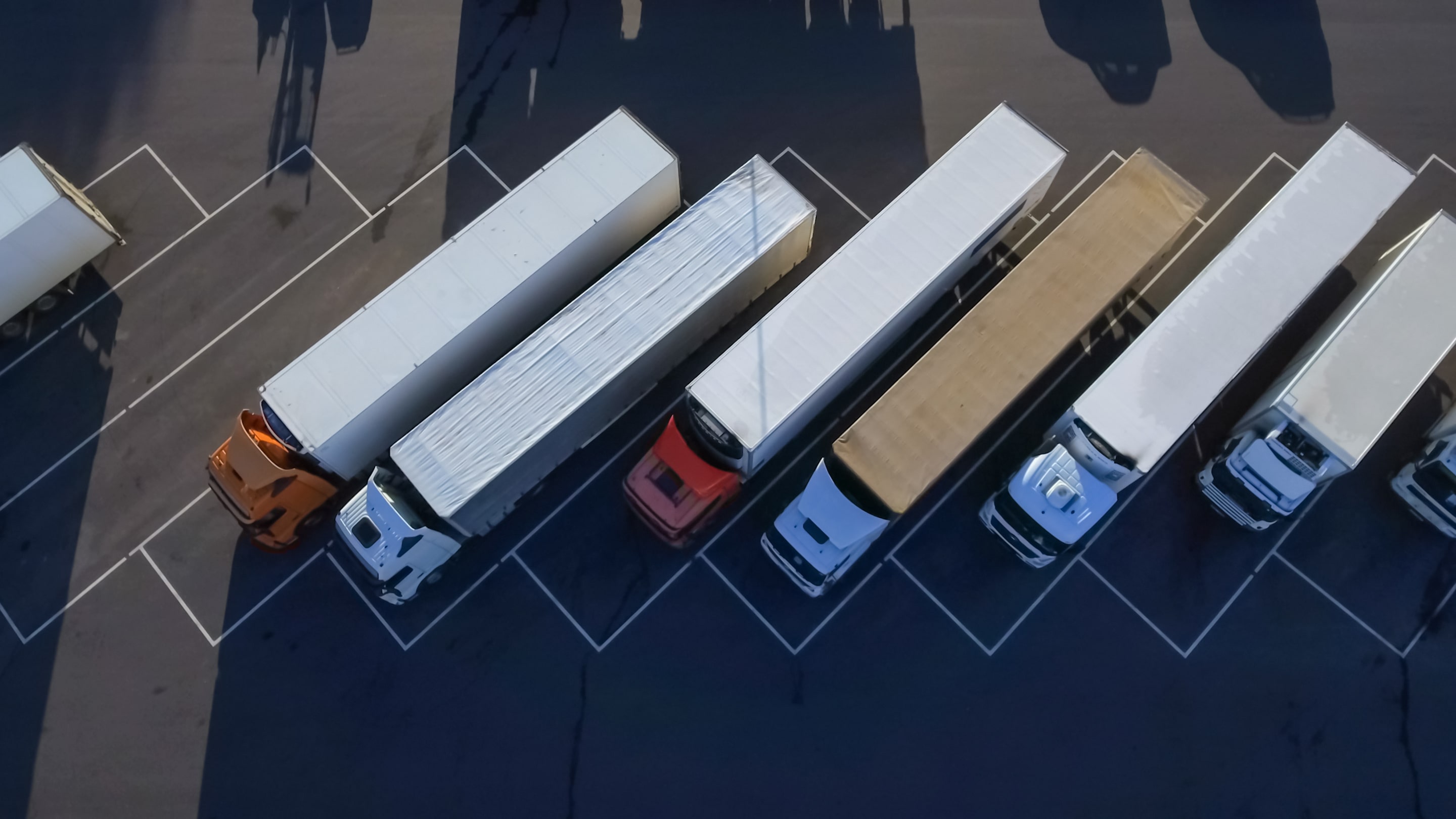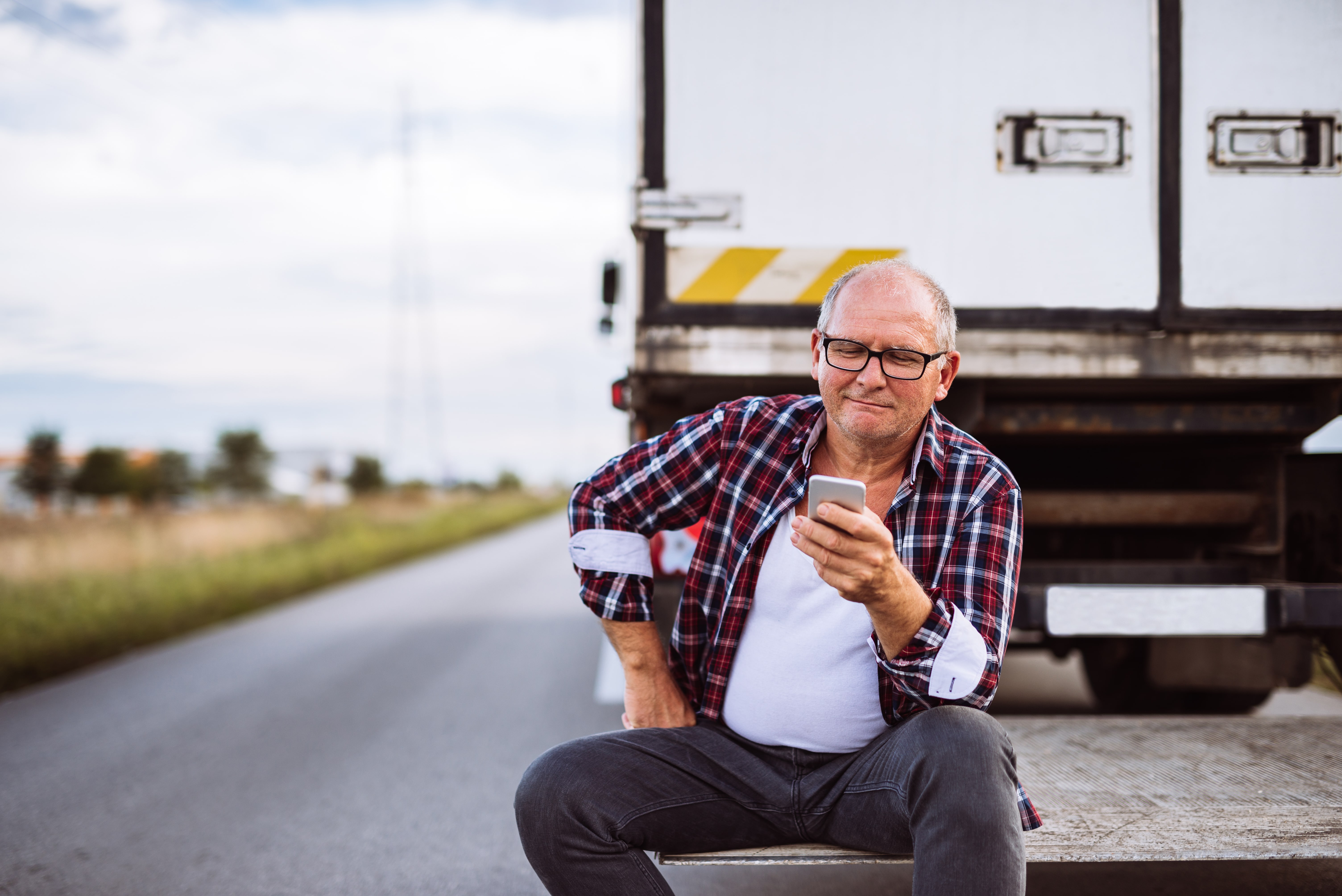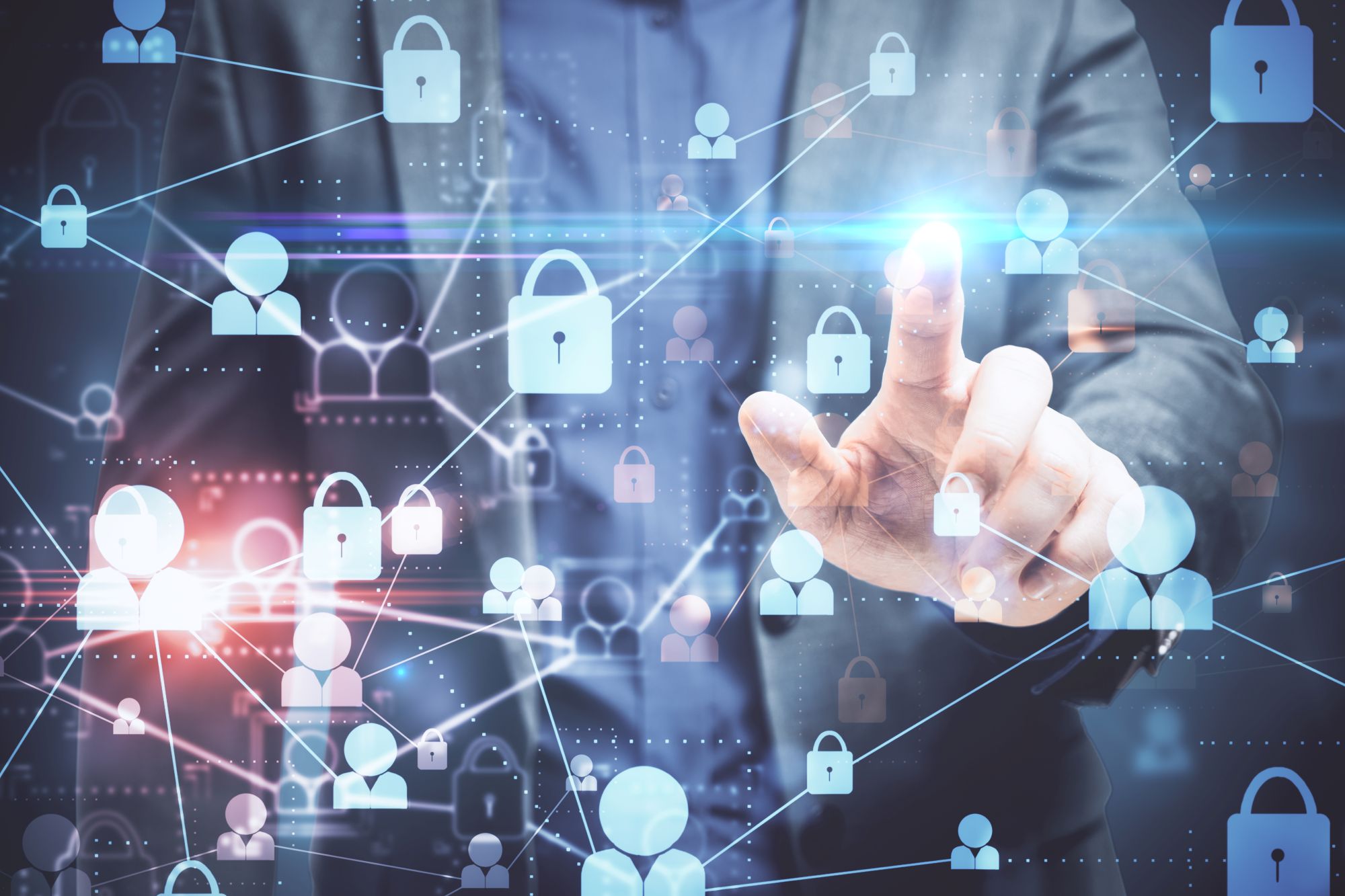
Guest
Hacer frente a la escasez de conductores de camiones en el Reino Unido en 2024/2025
Creado: 16/08/2024
•
Actualizado: 10/10/2024
La escasez de conductores de camiones en el Reino Unido ha sido un reto complejo y polifacético, con implicaciones de gran alcance para la economía y las cadenas de suministro del país. Sin embargo, los esfuerzos concertados del gobierno, la industria y las partes interesadas han comenzado a dar resultados positivos, lo que sugiere que la marea puede estar cambiando.
De cara a 2024 y 2025, el compromiso constante del Reino Unido para hacer frente a la escasez de conductores, junto con la atención prestada a atraer y retener a personas con talento, será crucial para garantizar la resistencia y la prosperidad a largo plazo del sector del transporte.
La profundidad de la crisis
La escasez de conductores de camiones en el Reino Unido ha sido una preocupación creciente, y la situación alcanzó un punto crítico en 2021. Según informes de la industria, el país se enfrentó a una escasez de alrededor de 100,000 conductores de HGV en el punto álgido de la crisis. Esta cifra representó un aumento significativo de la escasez de 59,000 conductores reportada en 2019, lo que subraya el rápido deterioro de la situación.
Los factores que contribuyeron a esta escasez fueron multifacéticos, incluyendo el impacto de la pandemia de COVID-19, las secuelas del Brexit y los cambios en las normas fiscales IR35 que afectaron a los conductores de vehículos pesados empleados por agencias como contratistas. Estas perturbaciones provocaron que muchos conductores experimentados abandonaran el sector, mientras que no se incorporaban al mercado suficientes nuevos talentos para llenar el vacío.

Intervención del Gobierno y esfuerzos de la industria
Reconociendo la gravedad de la situación, el gobierno del Reino Unido y las partes interesadas del sector han tomado medidas decisivas para hacer frente a la escasez de conductores de vehículos pesados. El Departamento de Transporte informó de una notable mejora, con el porcentaje de vacantes de conductores de HGV reportadas por las empresas de transporte disminuyendo del 43% en el cuarto trimestre de 2021 al 23% en el tercer trimestre de 2023.
Una de las principales medidas aplicadas fue el aumento de la financiación para atraer y formar a nuevos conductores de vehículos pesados. El Gobierno también agilizó el proceso de obtención de permisos de conducción de vehículos pesados e invirtió 8 millones de libras en mejorar la calidad de las áreas de descanso para vehículos pesados, abordando así el viejo problema de las malas condiciones de trabajo de los conductores.
SNAP ayudó a varios aparcamientos de camiones del Reino Unido a presentar solicitudes de financiación pública para mejorar sus instalaciones. Más información sobre los aparcamientos de camiones incluidos en la red SNAP.
Abordar el envejecimiento de la mano de obra y atraer a jóvenes talentos
Uno de los retos persistentes en el sector de los conductores de vehículos pesados es el envejecimiento de la mano de obra, ya que la edad media de los conductores es de 48 años. El sector tiene dificultades para atraer a los jóvenes talentos, ya que la percepción de unas condiciones de trabajo deficientes, unos salarios medios y una trayectoria profesional poco estimulante ha disuadido a muchos de considerar la posibilidad de dedicarse a la conducción de camiones.
Para hacer frente a esta situación, el Gobierno ha iniciado recientemente una consulta para rebajar la edad mínima exigida a los conductores de autobuses y autocares, lo que podría abrir más oportunidades a los jóvenes para entrar en el sector del transporte. Esta medida, unida a los esfuerzos por mejorar las instalaciones y las condiciones de trabajo de los conductores, podría contribuir a que el sector resultara más atractivo para la próxima generación de trabajadores.
Consulte el mapa de aparcamientos de camiones, estaciones de lavado de camiones y alojamientos en varias regiones cubiertas en la red SNAP.

Superar los obstáculos normativos y adoptar la flexibilidad
Otro factor que contribuye a la escasez de conductores de vehículos pesados son los obstáculos normativos y la burocracia a los que se enfrentan los nuevos conductores al incorporarse al sector. El proceso de obtención de las licencias y certificaciones necesarias puede ser largo y costoso, lo que disuade a los posibles candidatos.
Para solucionarlo, las partes interesadas del sector han abogado por procedimientos de formación y examen más flexibles, similares a los adoptados por las empresas de autobuses. Al agilizar el proceso y hacerlo más accesible, se espera aumentar el número de conductores cualificados que acceden al mercado.
El impacto del Brexit y COVID-19
La escasez de conductores de camiones en el Reino Unido se ha complicado aún más tras el Brexit y las perturbaciones causadas por la pandemia COVID-19. La pérdida de conductores de la UE, que anteriormente constituían una parte significativa de la mano de obra de conductores de camiones del Reino Unido, ha sido un golpe importante.
Además, el impacto de la pandemia en la formación y los exámenes ha provocado un retraso en la incorporación de nuevos conductores al mercado. A medida que la economía se ha ido recuperando, el aumento de la demanda de bienes y servicios ha ejercido una presión aún mayor sobre el ya de por sí tenso sector del transporte.

Colaboración e innovación
Para hacer frente a la escasez de conductores de vehículos pesados será necesario un esfuerzo de colaboración entre el gobierno, las partes interesadas del sector y las instituciones educativas. Trabajando juntos, pueden desarrollar soluciones integrales que aborden las causas profundas del problema y creen un sistema de transporte más sostenible y resistente.
La adopción de enfoques innovadores, como el uso de la tecnología para optimizar la logística y mejorar la eficiencia de los conductores, también puede desempeñar un papel crucial en la mitigación del impacto de la escasez de conductores. La inversión en infraestructuras, programas de formación e iniciativas centradas en los conductores puede contribuir a crear una mano de obra más fuerte, diversa y resistente.
El camino por recorrer
Mientras el Reino Unido navega por el cambiante panorama de la escasez de conductores de camiones, está claro que la solución requerirá un enfoque multifacético. El apoyo continuado del gobierno, la colaboración de la industria y el compromiso de atraer y retener a conductores con talento serán esenciales para garantizar la resistencia de la red de transporte del país.
Aunque es posible que la crisis no se resuelva del todo en un futuro inmediato, los pasos dados hasta ahora ofrecen un rayo de esperanza. Si se mantiene la atención en la innovación, la flexibilidad y la inclusión, el Reino Unido puede trabajar hacia un futuro en el que el sector del transporte esté equipado para satisfacer las crecientes demandas de la economía y las necesidades de sus ciudadanos.



